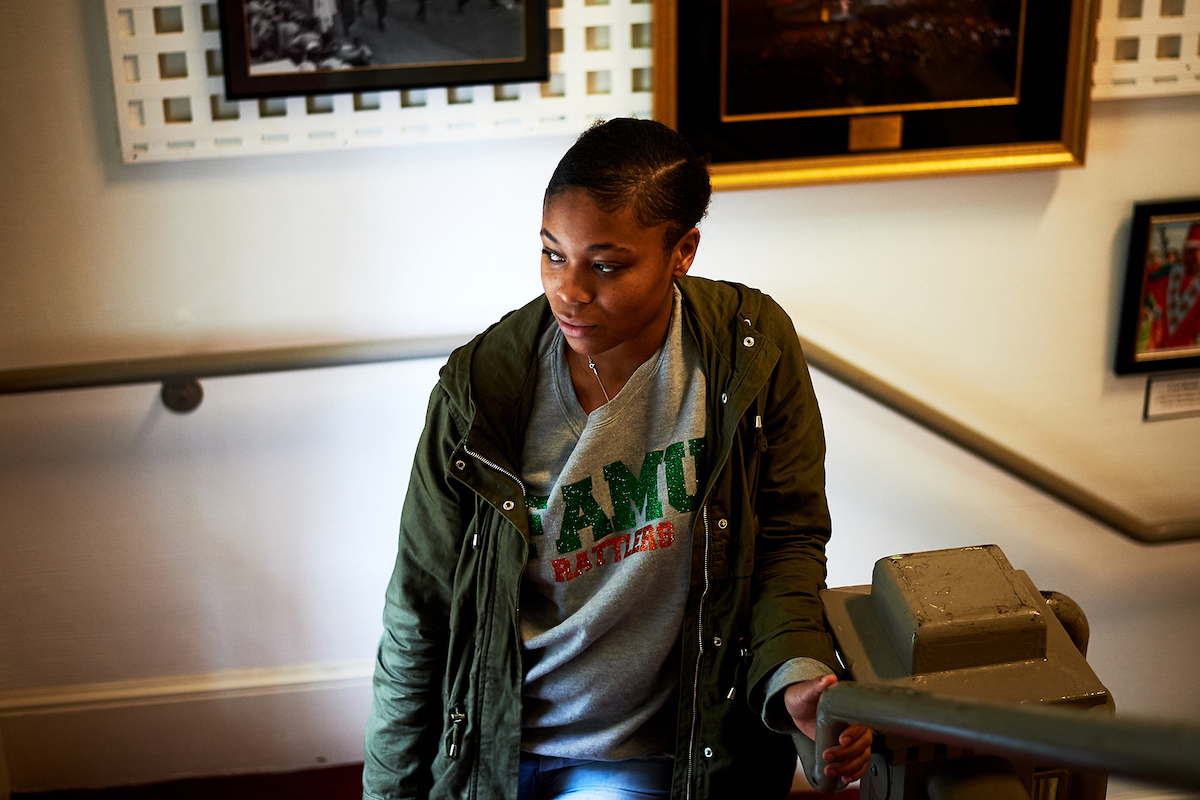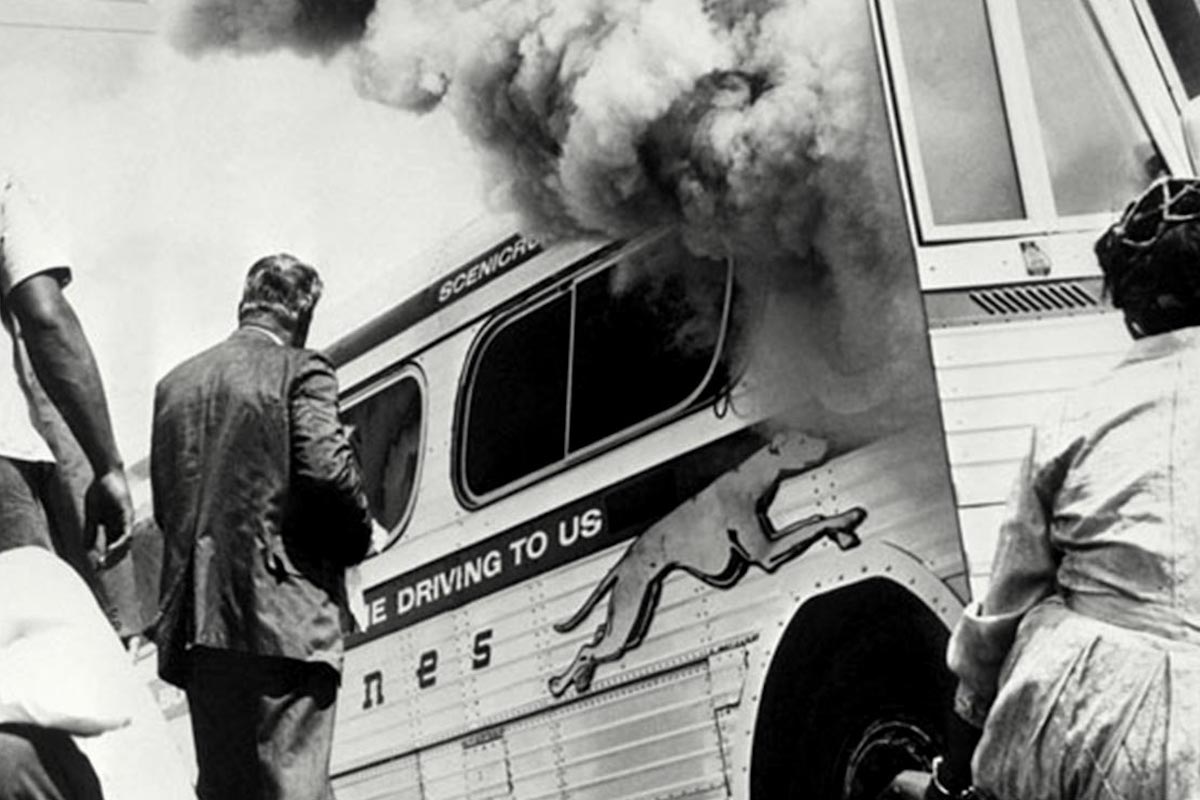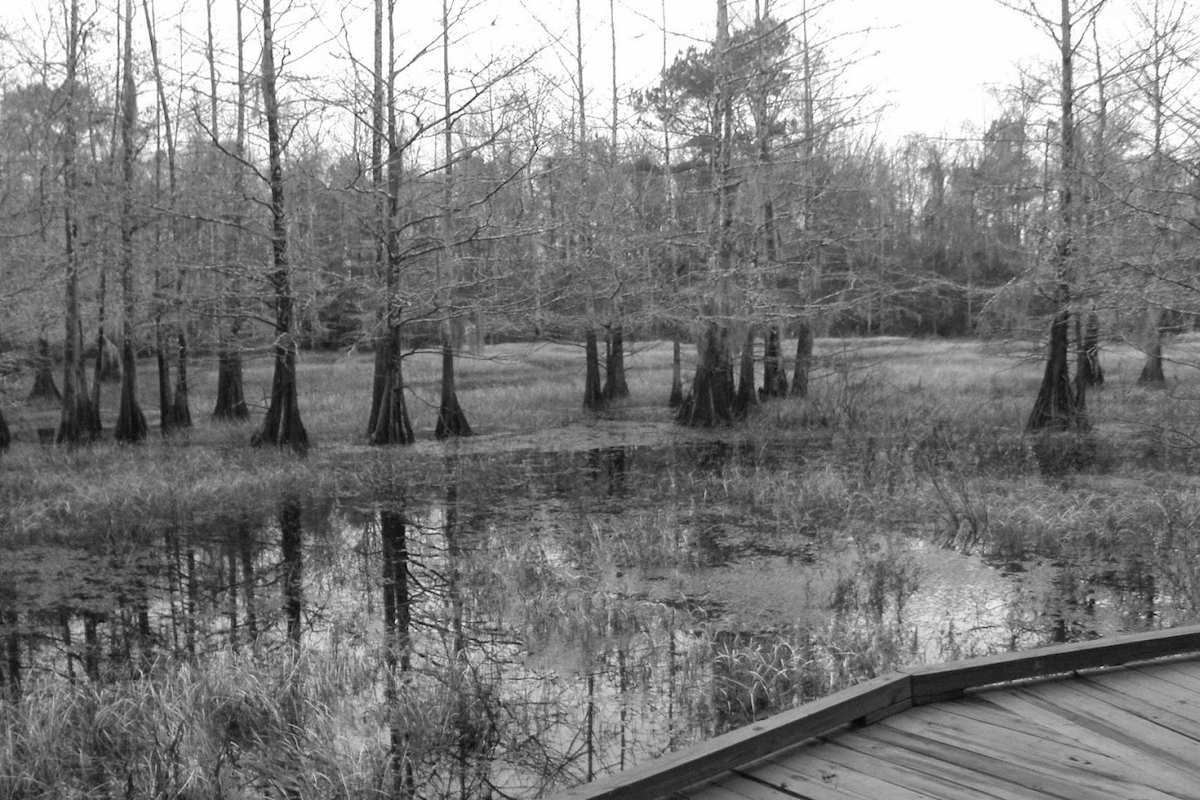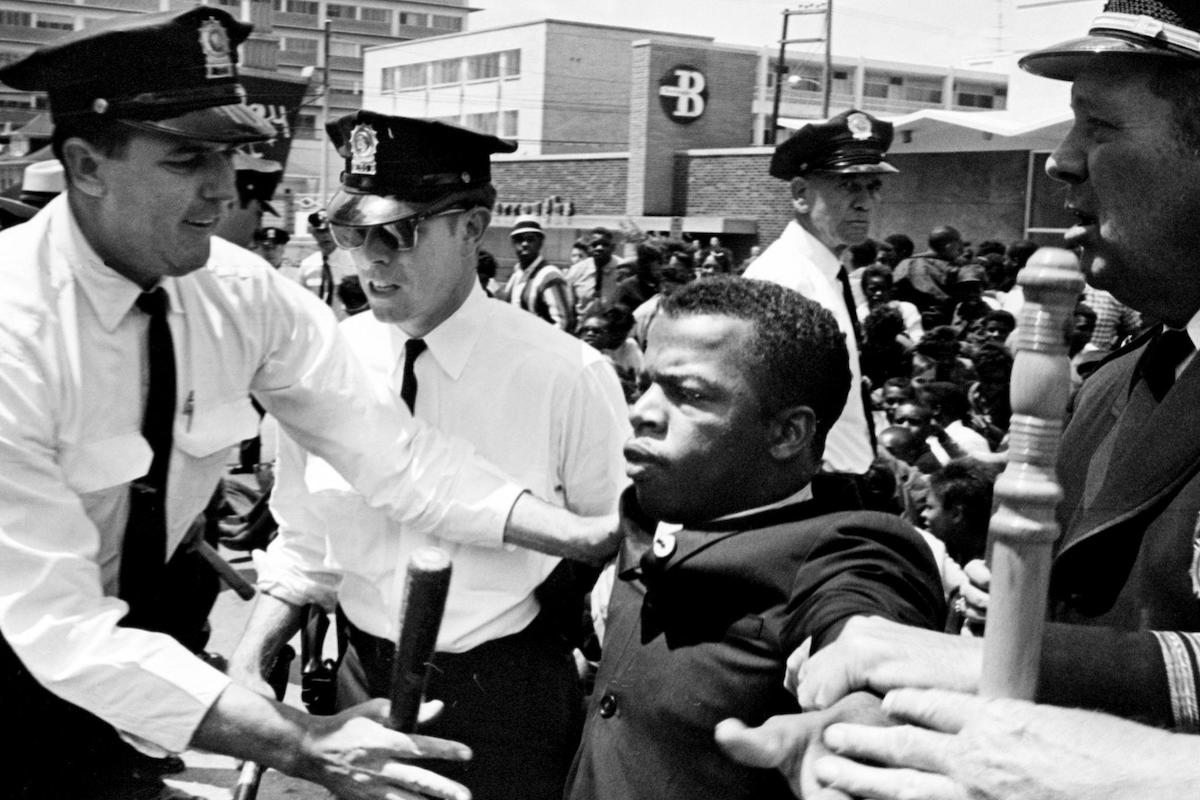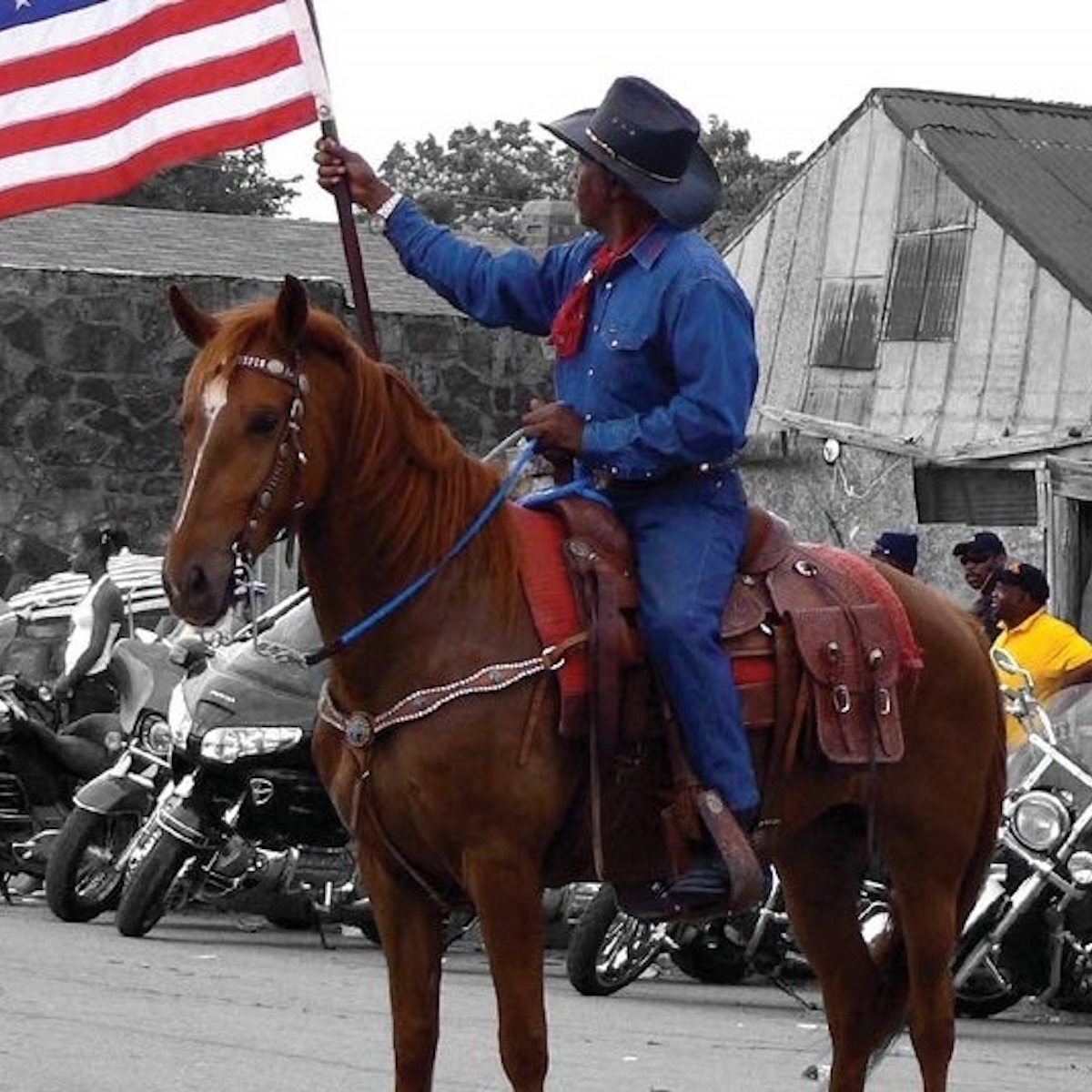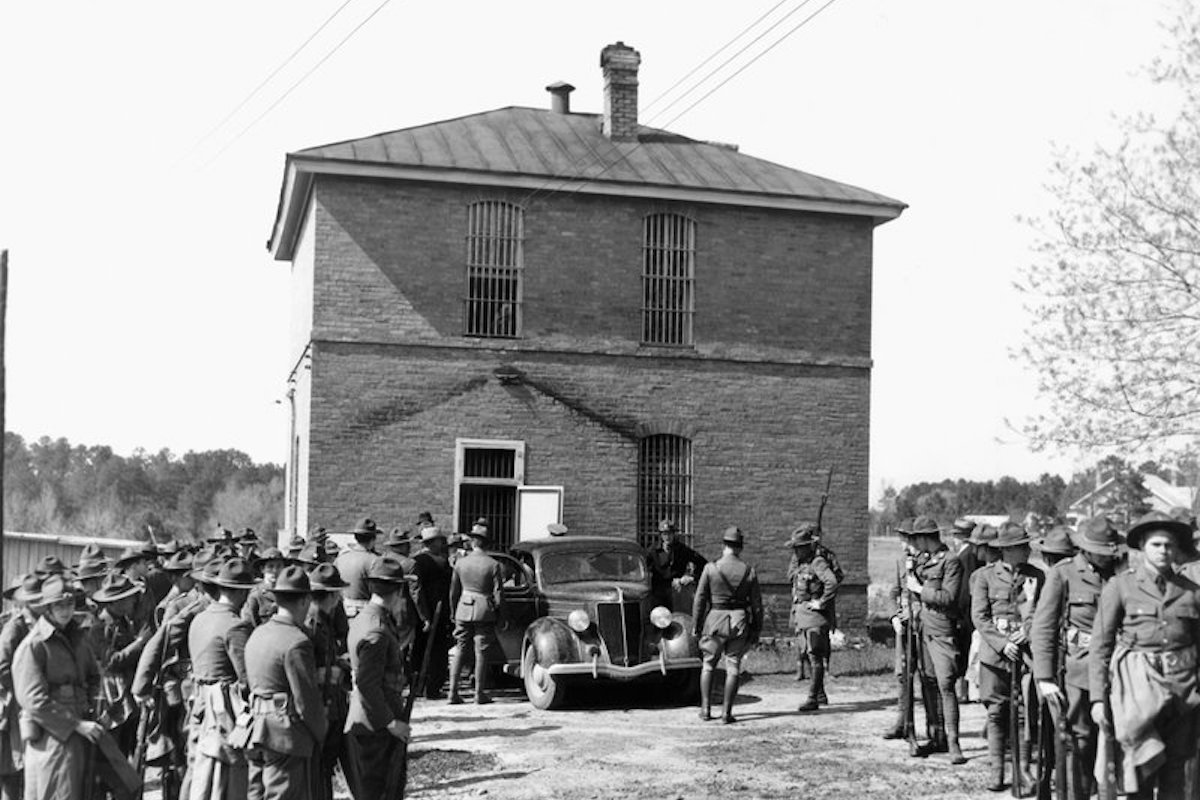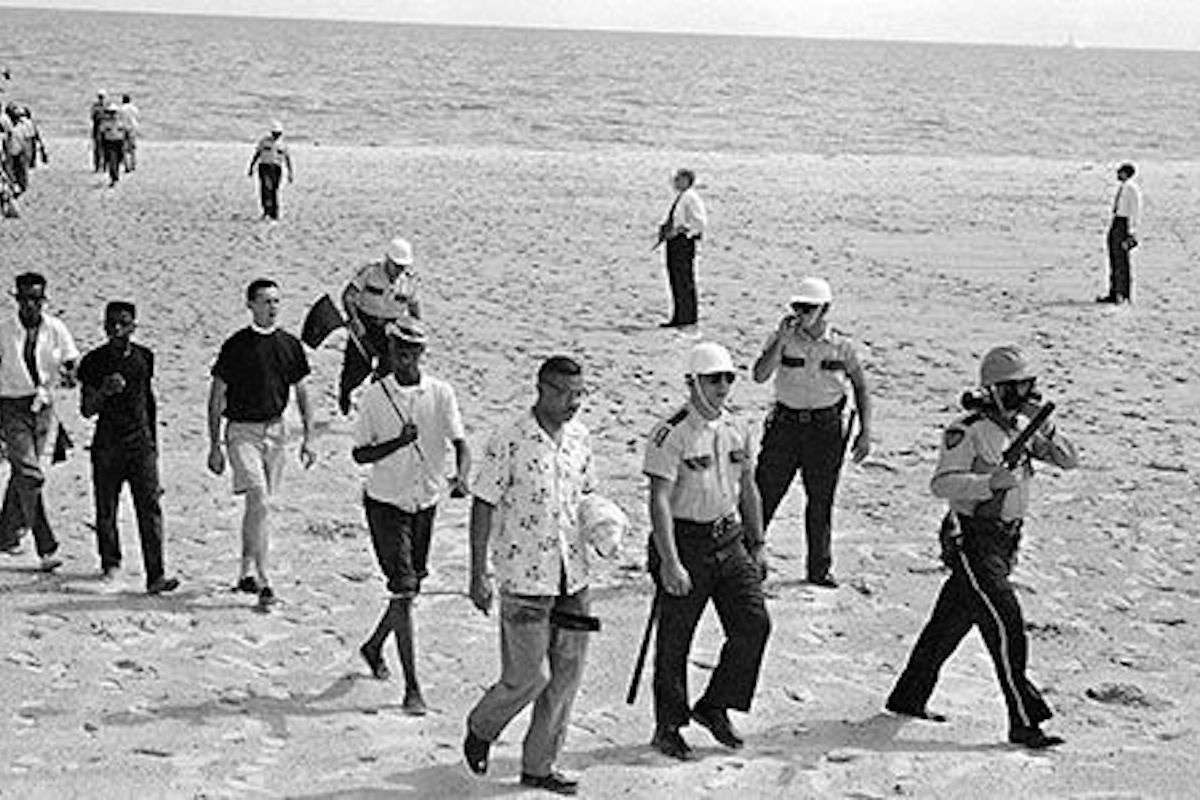How a scholarship helped — and didn’t help — descendants of victims of the 1923 Rosewood racial massacre. By Robert Samuels, The Washington Post TALLAHASSEE — Ever since Morgan Carter was a little girl, her grandmother would tell her a story. It was about an old mill town, deep in the backwoods of north Florida — […]
View MoreCategory: Black History
Freedom Riders Attacked in Anniston, Alabama | EJI, A History of Racial Injustice
In 1961, a group of civil rights activists known as the Freedom Riders began a desegregation campaign. The interracial group rode together on interstate buses headed south from Washington, D.C., and patronized the bus stations along the way, to test the enforcement of Supreme Court decisions that prohibited discrimination in interstate passenger travel. Their efforts […]
View MoreWhite Men Kidnap And Rape Black Teenager; Later Avoid Punishment | EJI, A History of Racial Justice
On May 13, 1956, sixteen-year-old Annette Butler of Tylertown, Mississippi, was kidnapped and raped by four white men. Ms. Butler and her family reported the assault and the men were arrested, jailed, and tried for the crime – a rarity in Mississippi for white men charged with assaulting black women. Near dawn on May 13th […]
View MoreJohn Lewis and Two Others Attacked at South Carolina Greyhound Bus Terminal| EJI, A History of Racial Justice
On May 9, 1961, 21-year-old John Lewis, a young black civil rights activist, was severely beaten by a mob at the Rock Hill, South Carolina, Greyhound bus terminal. A few days earlier, Lewis and twelve Freedom Riders — seven black and six white — had left Washington, D.C., on a Greyhound bus headed to New […]
View More“An Oasis in Turbulent Times”: Black Towns, Black Futures | Black Perspectives
By Camille Goldmon, Black Perspectives Mound Bayou, Mississippi, founded by Isaiah T. Montgomery—formerly enslaved by Joseph Davis—and his relative Benjamin Green, tells a story of the necessity of Black towns. Black towns, usually all-Black municipalities founded during and immediately preceding Reconstruction, were designed to be almost totally self-sufficient for the purpose of insulating African-American populations from reliance […]
View More“Milele was Black Madison’s Smithsonian Institution:” Madison remembers Milele Chikasa Anana, our village mother | Madison 365
Many people in Madison knew Milele Chikasa Anana, who passed away on Wednesday at age 86, as the longtime publisher and editor of UMOJA magazine, the trailblazing publication that highlighted the incredible people and stories of Madison’s African-American community. A significant part of the community also knows her as mentor, advocate, community leader, trailblazer and […]
View MoreNikole Hannah-Jones’ essay from ‘The 1619 Project’ wins commentary Pulitzer | Poynter
Of all the thousands upon thousands of stories and projects produced by American media last year, perhaps the one most-talked about was The New York Times Magazine’s ambitious “The 1619 Project,” which recognized the 400th anniversary of the moment enslaved Africans were first brought to what would become the United States and how it forever changed the […]
View MoreBlack Children Begin Movement Protesting Segregation; Face Police Brutality | EJI, A History of Racial Justice
On May 2, 1963, more than 700 black children protested racial segregation in Birmingham, Alabama, as part of the Children’s Crusade, beginning a movement that sparked widely-publicized police brutality that shocked the nation and spurred major civil rights advances. Dr. Martin Luther King Jr. and the Southern Christian Leadership Conference (SCLC) had launched the Children’s […]
View MoreLint Shaw Lynched in Georgia Eight Hours Before Trial | EJI, A History of Racial Injustice
By EJI Staff, EJI On April 28, 1936, a 45-year-old black farmer named Lint Shaw was shot to death by a mob of forty white men in Colbert, Georgia – just eight hours before he was scheduled to go on trial on allegations of attempting to assault two white women. During the era of racial […]
View MoreBlack Protesters Attacked by White People at Segregated Mississippi Beach | EJI, A History Of Racial Justice
By EJI Staff, EJI On April 26, 1960, black demonstrators engaged in a locally-organized nonviolent protest and walked onto Biloxi Beach on Mississippi’s Gulf Coast in order to hold a “wade-in” challenging the segregated beach area. The black activists were met by a group of angry white people who told them to leave the beach. […]
View More
